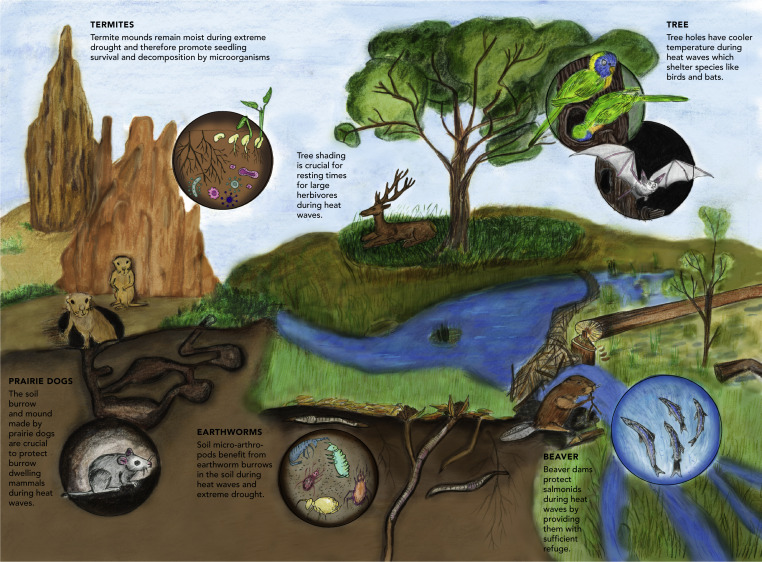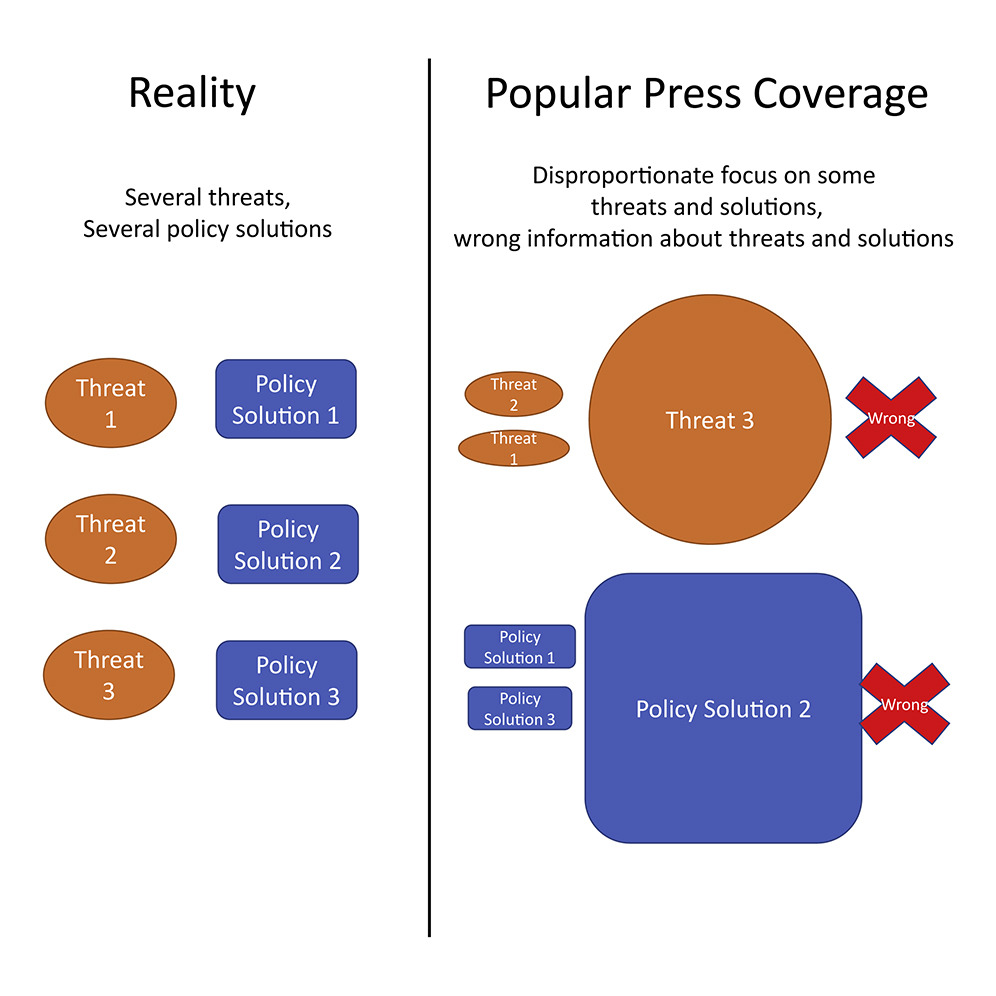Elsevier, Soil and Tillage Research, Volume 200, June 2020
Soil organic matter (OM) stratification and macro and micro fauna are both good indicators for the evaluation of soil ecological functioning, which is interrelated with nutrient cycles. To the best of the authors’ knowledge, responses of the degree of OM stratification with soil depth expressed as a ratio, and belowground biota to forest degradation and land cover changes have received little attention, particularly in northern Iran.
Elsevier, Rhizosphere, Volume 14, June 2020
This study aimed to characterize endophytic bacteria associated with root-nodules of a wild legume (Genista cinerea: Fabaceae) growing in arid soils of Algeria. A total of ten non-symbiotic endophytic bacterial strains were isolated and identified using a combination of conventional and molecular approaches based on 16S rRNA gene sequencing. Moreover, growth variations of the isolates under different environmental conditions were examined using advanced statistical modeling techniques (Markov Chain Monte Carlo sampler for multivariate generalized linear mixed models-MCMCglmm).
Elsevier, Health Policy, Volume 124, June 2020
In 2016, the World Health Organization declared that ‘Health is one of the most effective markers of any city's successful sustainable development’ (World Health Organisation, 2016). With estimates that around 6.7 billion people will live in cities by 2050, 21st century city planning decisions will play a critical role in achieving the United Nations (UN) Sustainable Development Goals (SDGs). They will determine the city structure and access to health-enhancing (or health-damaging) urban environments, and ultimately lifestyle choices that impact both individual and planetary health.
Elsevier, Health Policy, Volume 124, June 2020
Purpose and setting: Infrastructure is a global multi-trillion dollar market presenting many opportunities and risks for sustainable development. This article aims to foster better conceptualisation of the connections and tensions between infrastructure policy and public health in the light of the Sustainable Development Goals, especially ‘good health and wellbeing’ (number 3) and ‘industry, innovation and infrastructure’ (number 9), based on findings from interviews with a purposive sample of senior practicing Australian infrastructure policy makers.
Elsevier, One Earth, Volume 2, 19 June 2020
Climate extremes are expected to become more commonplace and more severe, putting species and ecosystems at unprecedented risks. We recommend that rewilding programs can create conditions for ecosystems to endure and recover rapidly from climate extremes by incorporating ecosystem engineers of various body sizes and life forms.
Elsevier, iScience, Volume 23, 26 June 2020
Sharks are a taxon of significant conservation concern and associated public interest. The scientific community largely supports management policies focusing on sustainable fisheries exploitation of sharks, but many concerned members of the public and some environmental advocates believe that sustainable shark fisheries cannot and do not exist and therefore support total bans on all shark fisheries and/or trade in shark products.
Elsevier, Vaccine, Volume 38, 19 June 2020
Few public health interventions can match the immense achievements of immunization in terms of mortality and morbidity reduction. However, progress in reaching global coverage goals and achieving universal immunization coverage have stalled; with key stakeholders concerned about the accuracy of reported coverage figures. Incomplete and incorrect data has made it challenging to obtain an accurate overview of immunization coverage, particularly in low- and middle-income countries (LMIC). To date, only one literature review concerning immunization data quality exists.
Elsevier, Current Opinion in Green and Sustainable Chemistry, Volume 23, June 2020
The process industries have been facing ever increasing pressure in the monitoring and control of gaseous pollutants such as volatile organic compounds and hazardous air pollutants. With increasingly stringent regulations and laws, emission management may need to go beyond the traditional leak detection and repair and continuous emissions monitoring system approaches to manage potential emission events. Alternative monitoring technologies, such as optical and remote sensing instruments and wireless sensors, can monitor emissions from a specific equipment/area/unit/plant in a timely manner.
Elsevier, Current Research in Green and Sustainable Chemistry, Volume 3, June 2020
Bio-based aerogels with customizable porosities and functionalities constitute a significant potential for CO2 capture. Developing bio-based aerogels from different polysaccharides and proteins is a safe, economical, and environmentally sustainable approach. Polysaccharides are biodegradable, sustainable, renewable, and plentiful in nature. Because of these advantages, the use of bio-based aerogels with porosity and amine functionality has attracted considerable interest.


